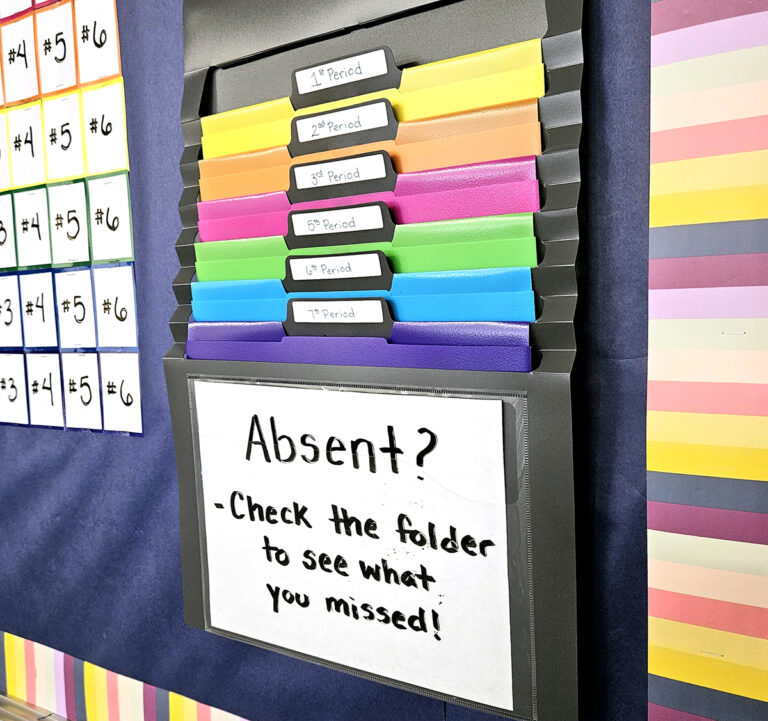As teachers, we’ve all had classes enter the art room totally out of whack. The bell has rung, but students are still rambunctious and the noise level is off the charts. At the secondary level, classes like this can be especially difficult to settle down because students are entering at different times. But don’t lose hope! There are definitely things you can do to calm the chaos.
Here are 3 specific strategies to get your students seated and settled.
1. “Do-Now” Routines
When students enter the classroom, it is essential to have a structured routine that they engage in each day. Having a task students can immediately work on with minimal materials is a great strategy. I call these “Do Now” routines. Here are 3 ideas.
Question of the Day
Having a question ready for students to respond to or write about can help focus extra energy. Making students turn in their answers will hold them accountable for completing the task.
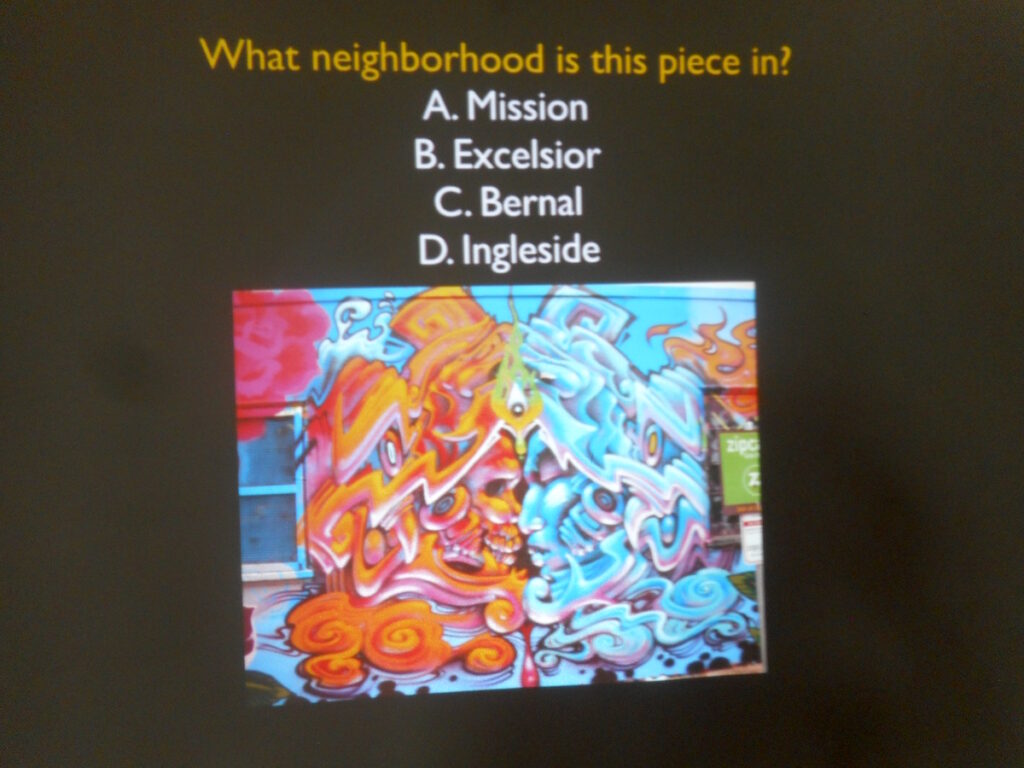
Vocabulary Journals
Have students keep a journal of art vocabulary words. Copying just one or two terms is enough to get students quiet and focused.
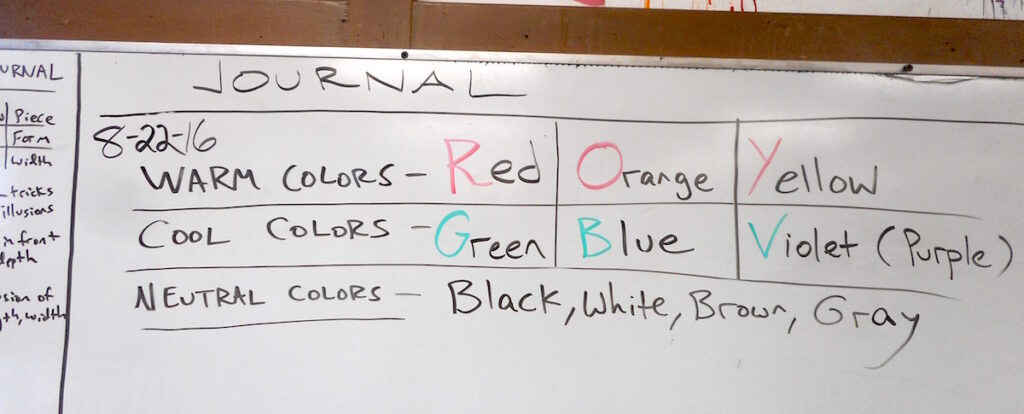
Timed Drawing
A drawing prompt plus a visual timer is a great way for students to channel their energy and focus their attention. The drawing prompt helps warm up their creative brains while the timer increases the sense that they must get to work right away.
2. Sensory Tactics
Sensory tactics are meant to redirect students’ focus away from unwanted behavior and towards you. These types of tactics rely on stimulating the senses just enough to help you settle the room. Here are 4 ideas.
Countdown to Darkness
When there is roughly one minute until class starts, turn off one light switch every 10 to 20 seconds. The entire room should go dark the moment the bell rings. Giving students a heads up that the countdown is beginning is always a good idea so they can start making their way to their seats.
Visual Intrigue
Visual intrigue pairs well with counting down to darkness. If the lights go down in the classroom, it is helpful to have something visually projected for students to focus on. Visual intrigue can be a dynamic piece of art or a controversial scene from a news story. Having a provocative video clip that kicks off class can also be a great way to settle down energy levels. The important part of visual intrigue is to think from the students’ point of view. What might be fascinating or intriguing enough to capture attention? A quick video of you doing something interesting, or even just talking, can be enough to pique student curiosity.
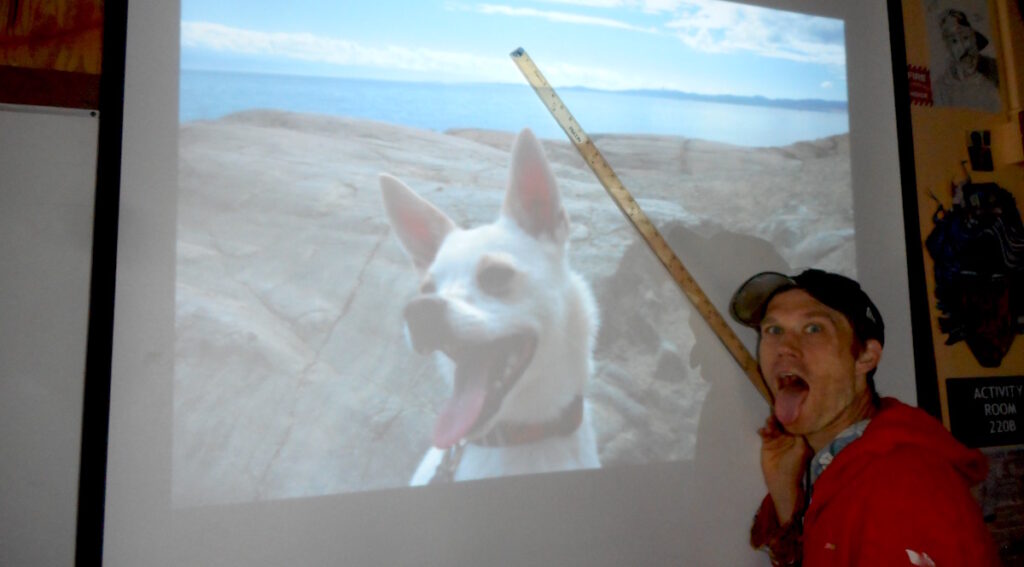
Call and Response
Some groups of students respond well to call and response activities, even at the secondary level. Of course, there’s the ever popular, “If you can hear me, clap once…If you can hear me, clap twice…” technique. However, you can also make up your own call and response like, “When I say hey, you say yo! Hey! Yo! Hey! Yo!”
Musical Entry
Playing soothing instrumental music while students enter the classroom can have a calming effect. Classical and tango musical genres work really well for this. The key is to choose music that preferably has no lyrics and is not too upbeat. Once you are about to begin class, cut the music to signal that class is now in session. A “countdown to the cutoff” is also useful to help settle the room.
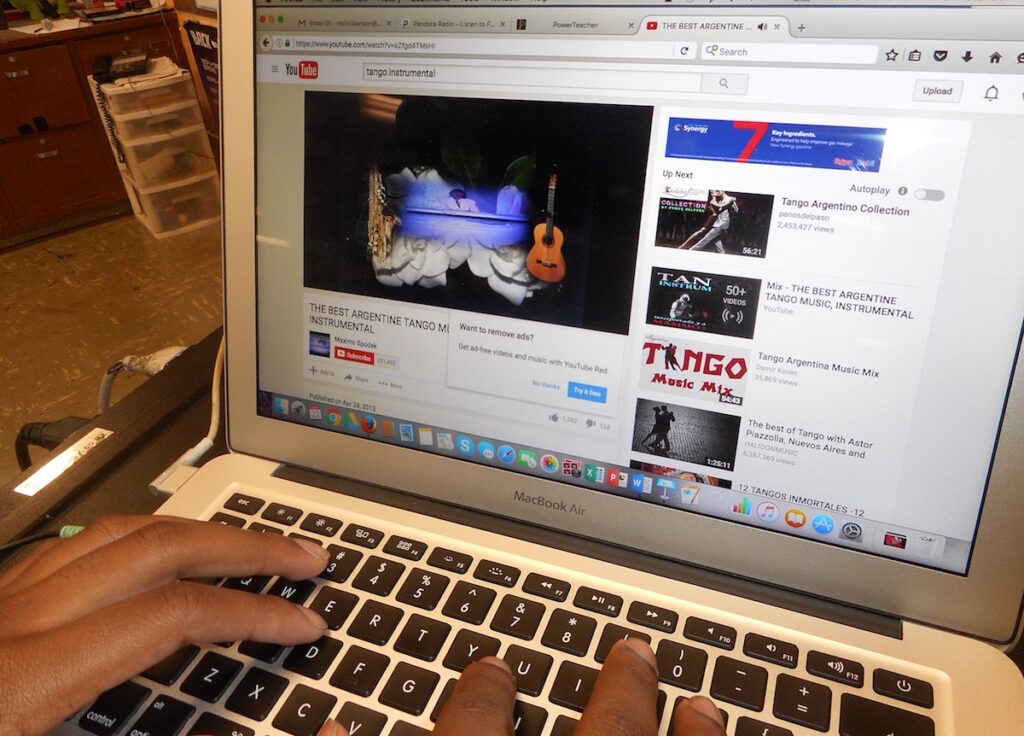
3. Lost Time
The idea behind lost time is that if students are taking time away from class, then that time needs to be given back in another form. The crucial part of making this work is that students need to have something important to lose. Simply stand at the front of the class, write “Lost Time” on the board, and start marking minutes. Students will instantly start reminding each other to stay on task. Here are two things that hold a lot of weight in my room.
Music
My students have the privilege of choosing and listening to music. If students come into the room unsettled and rowdy, I just write “Lost Music Time” on the board and make eye contact with a few key students. They often regulate themselves.
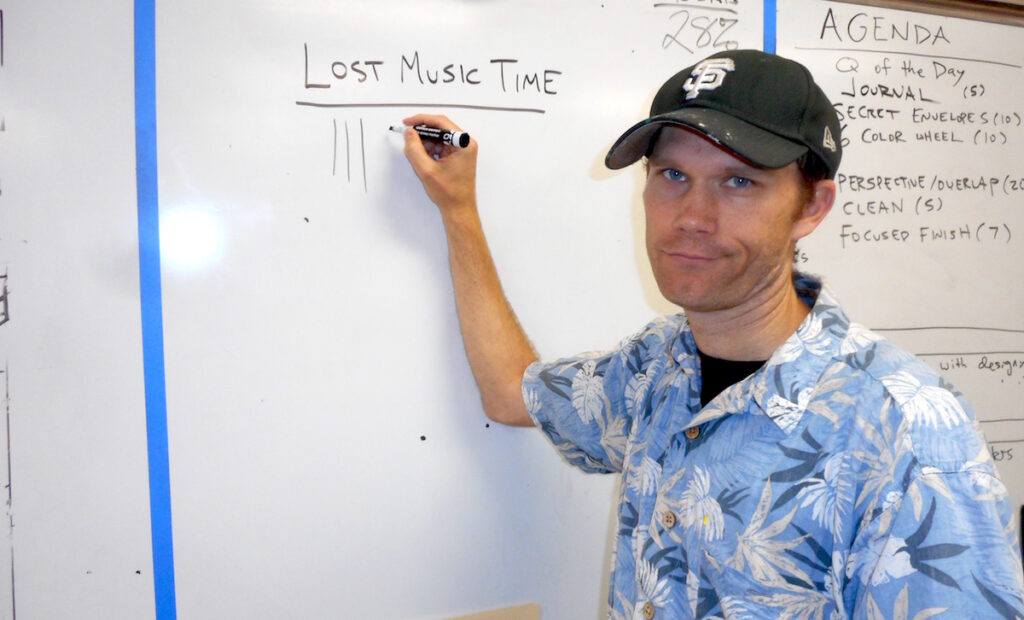
Lunch Time and After School
If you see a class right before lunch or right before the end of the day, you may be able to hold students for a few extra minutes during these times. This can work for entire groups or for specific students that are being extra off task.
Every class is different and will respond differently to instructional methods. The approaches discussed in this article might need to be altered or creatively transformed to meet the needs of different student populations. A consistent structure combined with something that sparks curiosity or incentive for focus can go a long way in getting classes seated and settled.
What other methods do you use to get students seated and settled?
What has been successful or not successful when getting your students ready to start class?
Magazine articles and podcasts are opinions of professional education contributors and do not necessarily represent the position of the Art of Education University (AOEU) or its academic offerings. Contributors use terms in the way they are most often talked about in the scope of their educational experiences.





